Found 301 results
Open Access
Review
01 April 2025Sustainable Manufacturing and Applications of Wide-Bandgap Semiconductors—A Review
Wide-bandgap (WBG) semiconductors such as silicon carbide (SiC) and gallium nitride (GaN) are revolutionizing high-power electronics due to their superior thermal conductivity, breakdown voltage, and energy efficiency. These materials are critical in electric vehicles, renewable energy systems, and high-frequency applications like 5G infrastructure. However, their production processes are resource-intensive and present significant environmental challenges. This review evaluates recent advancements in sustainable WBG semiconductor manufacturing, focusing on low-energy epitaxial growth, closed-loop recycling, and the mitigation of toxic by-products. Additionally, it highlights the role of Industry 4.0 innovations, such as AI-driven process optimization and IoT-based resource management, in enhancing sustainability. The review identifies research gaps in cost reduction, alternative WBG materials like Gallium Oxide (Ga2O3) and Diamond, and scalable green manufacturing solutions. It underscores the necessity for industry-wide collaboration and regulatory frameworks to drive the adoption of eco-friendly semiconductor fabrication. The findings of this study provide a roadmap for advancing sustainability in WBG semiconductor production, ensuring their long-term viability in the transition toward energy-efficient technologies.
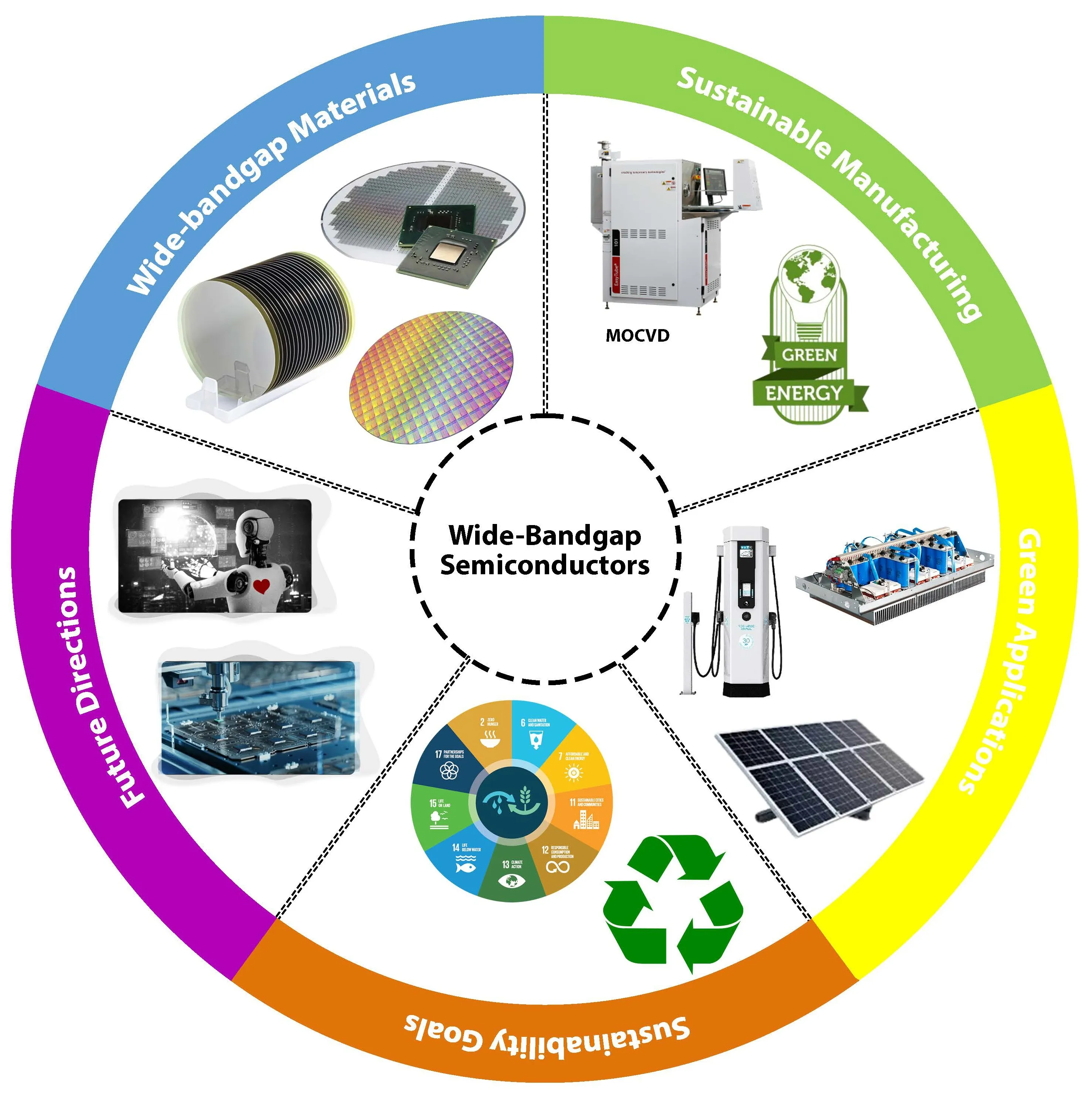
Open Access
Review
31 March 2025Research Status and Development Trend of Floating Photovoltaic Structure System
Under the guidance of the dual carbon goals, the development and utilization scale of new energy in China, including photovoltaics and wind power, has steadily increased. Particularly, the floating photovoltaic technology in inland waters has been developing quickly over the past decade because it could compensate for certain shortcomings of traditional terrestrial photovoltaics. The offshore floating photovoltaic (FPV) pilot projects are also continuously emerging due to the advantages of longer daylight hours, higher radiation levels, and enhanced efficiency of light utilization in marine environments compared to terrestrial settings under identical solar irradiance conditions. To comprehensively understand the development prospects of offshore FPV systems, the development progress of FPV systems was traced, and an analysis was conducted on the forms of various types of floating structures, their technical characteristics, and their applicability in the marine environment. Summarization was carried out on the floating photovoltaic mooring system in terms of the classification of the mooring, the chain deployment mode, the form of the mooring foundation, etc., and a few new types of mooring systems were put forward. Finally, the development trend of the offshore FPV system was predicted.
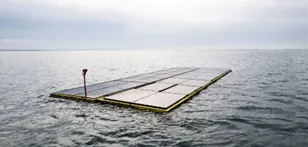
Open Access
Review
31 March 2025Advances in CAR-T Cell Therapy for Solid Tumors
Chimeric Antigen Receptor T (CAR-T) cell therapy represents a groundbreaking advancement in cancer treatment, demonstrating remarkable antitumor efficacy in hematological malignancies. However, despite the substantial clinical progress achieved with CAR-T cell therapy, its application in the treatment of solid tumors remains limited by various factors, including the intricate tumor microenvironment (TME), CAR-T cell exhaustion, CAR-T cell infiltration into tumor tissue, and antigen heterogeneity. Scientists are relentlessly pursuing research in this domain, driven by the aim of offering newfound hope to cancer patients. In this comprehensive review, we delineate the fundamental principles underlying CAR-T cell therapy, delve into the challenges it encounters, and provide an insightful exploration of the advancements and progress made in the application of CAR-T cell therapy for solid tumors.
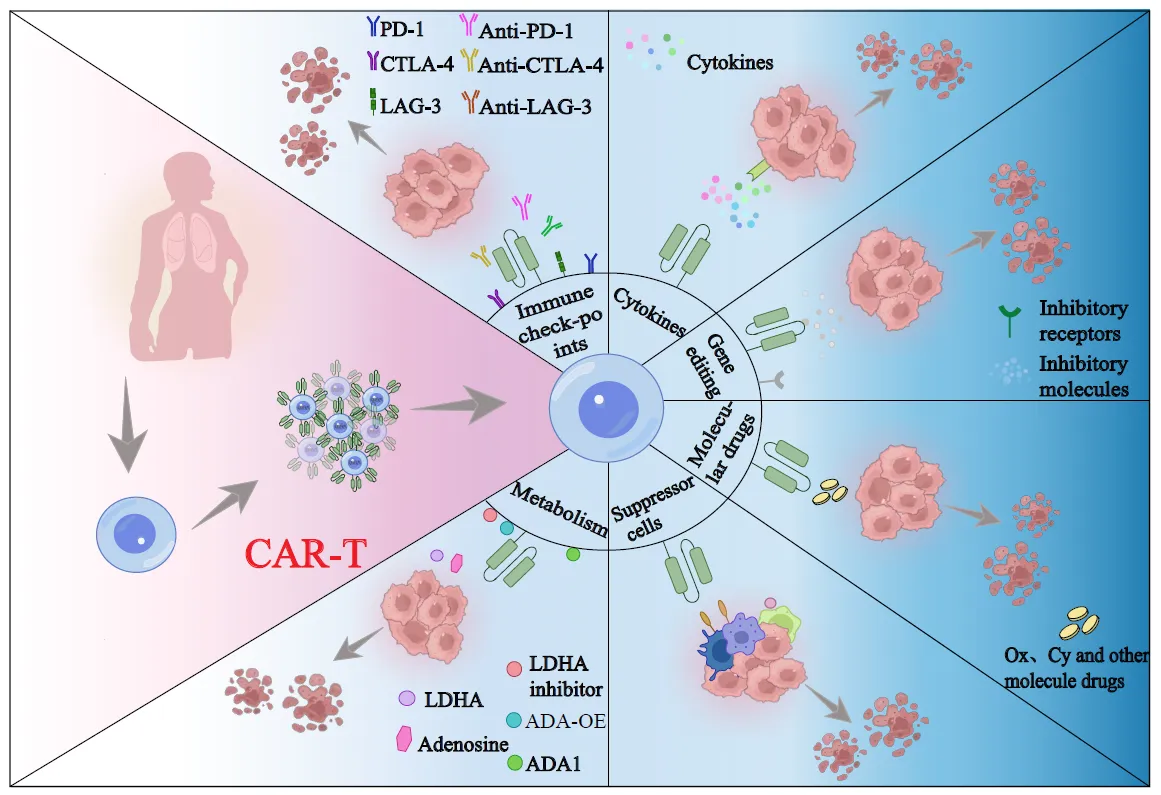
Open Access
Article
26 March 2025Evaluation of the Effect of Fe2O3 as a Sintering Additive on Densification, Microstructure, and Thermal Stability of Al2O3
This study investigates the fabrication of alumina-based (Al2O3) ceramics using pressureless sintering, employing hematite (Fe2O3) as a sintering aid. Fe2O3 powders were synthesized via combustion and incorporated into Al2O3 concentrations of 0.5, 1.0, and 2.0 wt.%. The samples were sintered at 1400 °C and characterized by X-ray diffraction (XRD) with Rietveld refinement, thermogravimetric analysis (TG/DTG), scanning electron microscopy (SEM), energy-dispersive X-ray spectroscopy (EDX), and density measurements using the Archimedes method. The results demonstrated that the addition of Fe2O3 increased the densification of Al2O3 ceramics, with the highest densification (~85%) observed in samples containing 1.0 and 2.0 wt.% Fe2O3. XRD analysis identified only the corundum phase of Al2O3, suggesting that Fe2O3 was incorporated without forming secondary phases. However, Rietveld refinement calculations revealed distortions in the unit cell volume, which contributed to lowering the melting temperature of Al2O3, thereby facilitating sintering. SEM images showed that Fe2O3 acted as a grain growth inhibitor, resulting in finer microstructures with smaller grains. EDX mapping indicated that Fe ions preferentially accumulated in regions with higher pore concentrations. Thermal analysis demonstrated improved thermal stability in Fe2O3-containing samples. Overall, the study confirms that Fe2O3 serves as an effective sintering aid, enhancing densification and thermal stability while refining the microstructure of Al2O3 ceramics. These findings contribute to the development of optimized ceramic materials for high-performance applications.
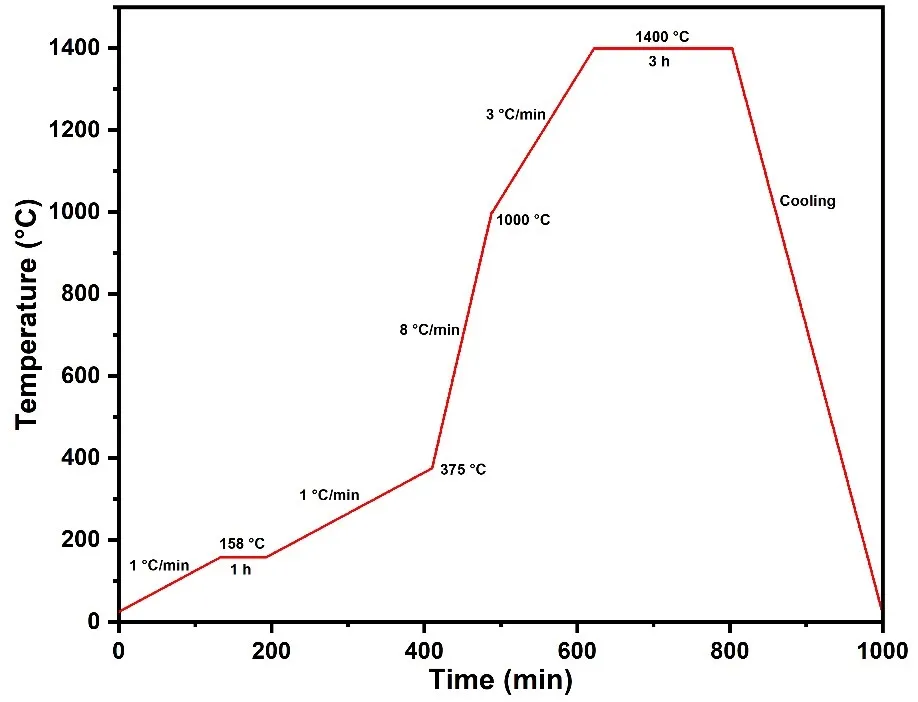
Open Access
Article
25 March 2025Integrated Habitat Assessment of a Protected Fish Species in the Upper Yangtze River, China: Connectivity and Suitability
In the context of anthropogenic climate change, dam construction, and other human activities, the biodiversity of freshwater fish is rapidly declining. The Upper Yangtze River Basin (UYRB) is a hotspot for hydropower development and is home to numerous endemic and rare freshwater fish species, most of which are on the brink of extinction. Schizothorax chongi is an endangered and protected fish species endemic to the UYRB, with significant economic and ecological value. However, the potential habitat of its wild population has not been reported, which hampers conservation efforts for this valuable species. This study utilized the Dendritic Connection Index (DCI) and Species Distribution Models (SDMs) to assess habitat connectivity in the UYRB and habitat suitability for S. chongi during the periods 1970–2000 and 2001–2020, respectively. The results show that S. chongi habitats underwent significant reduction during the 2001–2020 period, with the total length of medium and high suitability habitats decreasing by 51.7%. However, high suitability habitats in the southern section of the middle and lower Jinsha River, which is located in the upper and middle part of the UYRB, did not experience a noticeable reduction. Despite the relatively high habitat suitability maintained in the southern section of the middle and lower Jinsha River, connectivity has significantly declined. Restoring connectivity reduced by dam construction in this region is critically urgent. This study is the first to conduct a watershed-scale assessment of fish habitat integrating habitat suitability and connectivity providing valuable insights for local governments to develop specific conservation measures and plans. It can offer a valuable reference for researchers in the field of freshwater fish conservation.

Open Access
Article
24 March 2025A Shear Stress Model for Magnetorheological Fluid with High Volume Fraction
Shear stress prediction in high-concentration magnetorheological fluids (MRFs) faces limitations due to the oversimplified magnetic dipole interactions and neglect of multibody effects in classical single-chain models, particularly under conditions (30–40 vol.%) where stress prediction errors start escalating nonlinearly. To address this gap, based on the classic single-chain model, this study proposed a new revised calculation method that integrates three novel components: (1) a distance-weighted dipole interaction model incorporating material-specific correction factors, (2) dynamic chain reconstruction mechanisms accounting for magnetic aggregation under shear deformation, and (3) transverse field overlap parameters quantifying anisotropic field distributions. Validated against Lord Corp.’s MRF-132DG, the proposed approach reduces shear stress prediction root-mean-square error (RMSE) by 71.7% (from 27.40 kPa to 7.76 kPa). It rectifies the R-square metric from −0.9236 to 0.8457, outperforming existing models in high-concentration regimes. The work resolves the bottleneck of modeling chain-to-network transition behaviors through Monte Carlo simulations with energy barrier analysis, revealing how localized dipole rearrangement governs macroscopic rheological responses. The methodology’s adaptability to pre-saturation magnetization stages further enables systematic evaluation of multi-dipole interaction thresholds critical for high-performance MRF engineering applications.
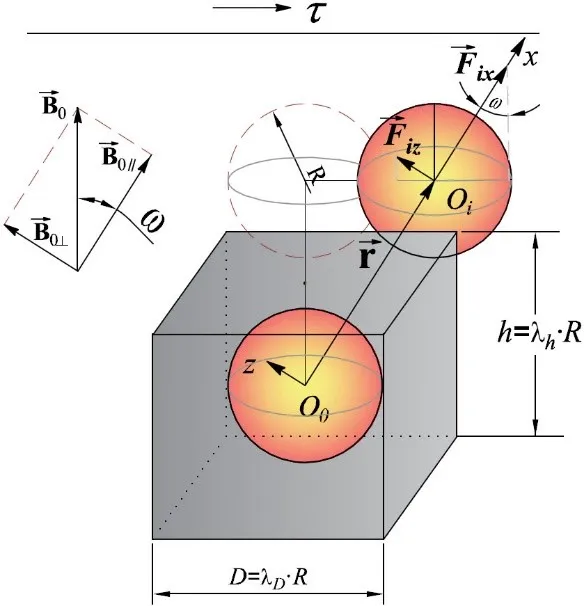
Open Access
Article
21 March 2025Formation Mechanism and Structural Evolution of Mesophase Pitch via Phase Separation
Mesophase pitch is obtained through a two-stage treatment method combining stirring and non-stirring heat treatment of the catalytic cracking oil slurry. The structural evolution during the mesophase pitch forming process is analyzed using phase separation and testing by X-ray diffraction, Fourier Transform Infrared spectroscopy, and Thermogravimetric analysis. After a short period of non-stirring heat treatment, the solid-phase yield rapidly increases by 14.20 wt.%, reaching 46.70 wt.%. The softening point of the final mesophase pitch is all below 350 °C. The increase in yield and structural transformation are influenced by changes in the content of quinoline insoluble, as evidenced by the presence of C-H out-of-plane bending vibration at 670 cm−1. Based on the observed changes in composition and structure, this study proposes a hypothesis regarding the increase in mesophase pitch production during heat treatment.

Open Access
Opinion
21 March 2025Classical MHC Class I Molecules as Modifiers of Brain Homeostasis and Neuroregeneration: Unraveling the Riddle?
As mankind breaks the boundaries of potential years to live, the process of aging imposes various cellular challenges, from less capacity of cell repair and damage to impaired protein formation, causing chronic low-level inflammation on tissues including the brain. Persistent chronic neuroinflammation can harm neurons, contributing to the development of neurodegeneration, a pathological process that affects cognitive function and is often reflected by dementia. This opinion article tries to recapitulate the influence that major histocompatibility class I (MHC-I) molecules have on brain homeostasis and how abnormalities in their expression can lead to cognitive deterioration. Studies carried out during recent years not only demonstrated that neurons and other central nervous system (CNS) cells express MHC-I molecules, but also that these molecules play essential roles in the establishment, function, and modeling of synapses in the CNS during the embryonic period, at birth and during adulthood, namely during inflammatory conditions. The accumulated body of evidence suggests that MHC-I molecules and the signaling pathways they regulate could provide clues on some of the molecular and cellular mechanisms regulating brain homeostasis and neuroregeneration in health and disease, thus becoming potential biomarkers of cognitive decline and targets for innovative immunotherapies.
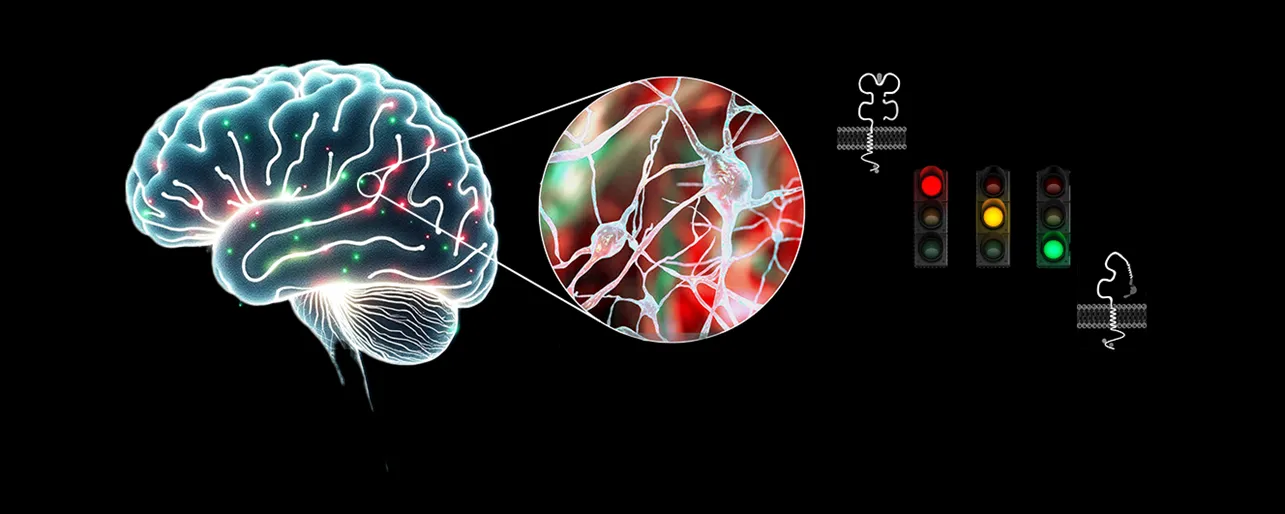
Open Access
Article
20 March 2025Fluctuations in Internal Water Footprint of Major Crops in Egypt: Implications for Sustainable Water Management
The scarcity of water represents a significant obstacle to the advancement of agriculture in Egypt, requiring the implementation of inventive water policies and effective resource management practices. The notion of virtual water, which considers the water contained within things, is a possible remedy to mitigate the strain on water resources. This study examines the changes over time in the amount of water used internally and the amount of virtual water exported by rice, maize, and wheat crops in Egypt between 2000 and 2018. The assessment evaluates the impact of climate variables, crop productivity, and renewable water sources on the internal water footprint. The study uses data from several sources and applies a Nonlinear Autoregressive Distributed Lag (NARDL) model to analyse how productivity, renewable water supplies, temperature, and precipitation affect the internal water footprint. The EVIEWS software is utilised for conducting statistical analysis. The results demonstrate that the internal water footprint and productivity of the crops studied vary over time, and climate conditions and the availability of water control this variation. The maximum internal water footprint values for rice, maize, and wheat were recorded in 2008, 2011, and 2017, respectively, aligning with the highest temperatures and available renewable water resources. The analysis reveals complex connections between the independent factors and the internal water footprint of each crop. Precipitation has an inverse correlation with the internal water footprint of rice, but renewable water resources have a favourable impact on the internal water footprint of wheat. The study emphasizes improving crop choices to minimize water usage and boost water output. Given Egypt’s expected water scarcity by 2025 and its reliance on Nile water for irrigation, implementing sustainable solutions for water resource management in agriculture is crucial. These findings give useful insights for policymakers and stakeholders in creating efficient water management policies and promoting food security in Egypt.
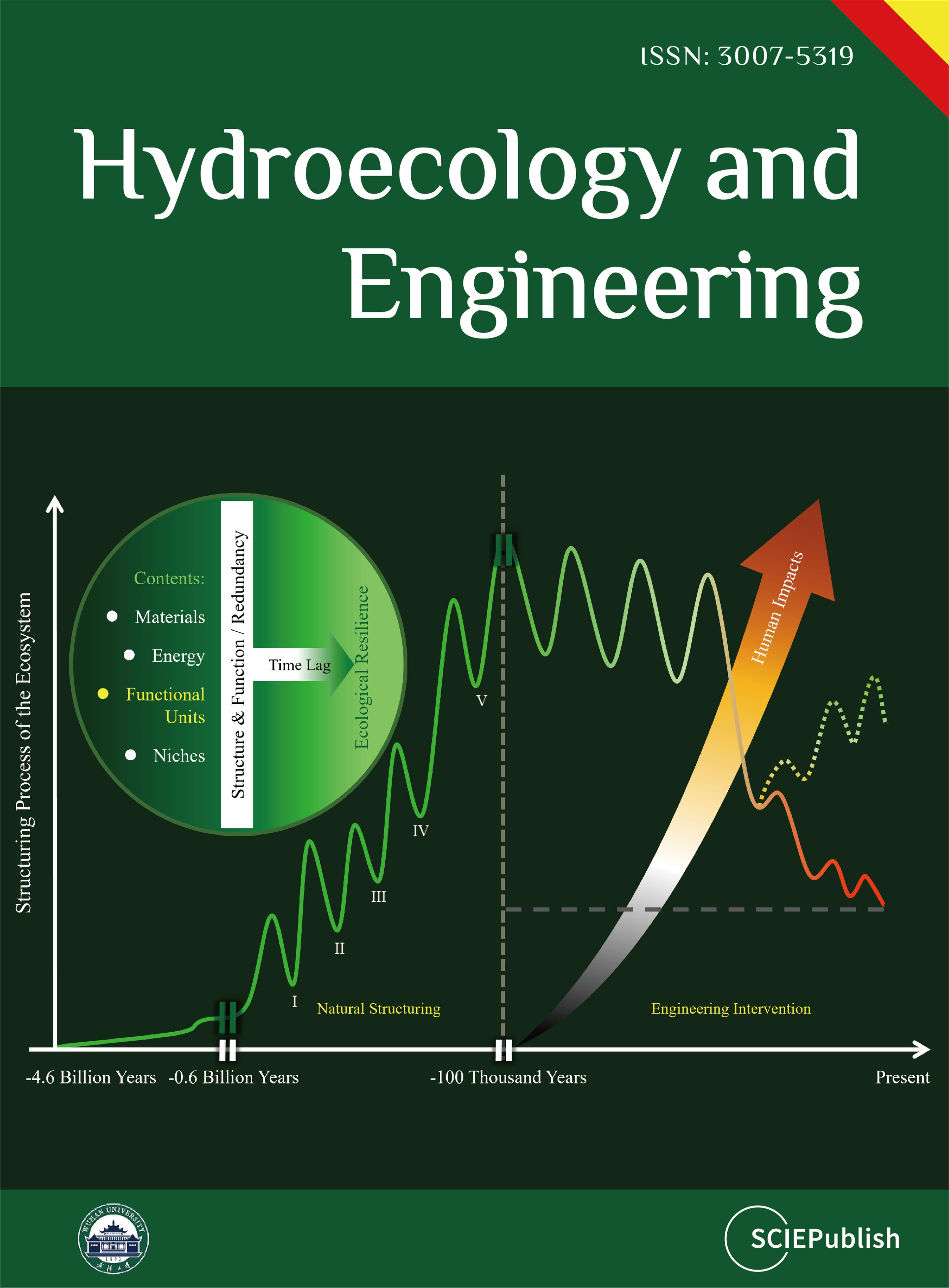
Open Access
Article
20 March 2025Shared Decision Making for an Implantable Pulmonary Artery Monitoring Device in Heart Failure: A Pilot Study
Pulmonary artery (PA) pressure can be monitored remotely by a microelectromechanical sensor (MEMS) permanently implanted in the pulmonary artery. This device allows early management of fluid overload in heart failure so that diuresis can be initiated promptly, and hospitalization and other adverse events can be prevented. To test the methods and measures proposed to explore patient and provider perceptions of Shared Decision Making for the CardioMEMS pulmonary artery pressure monitoring device. A convenience sample of eight patient-provider dyads was enrolled at an ambulatory academic cardiology clinic and completed the shared decision making questionnaire in the clinic prior to the procedure. The majority of providers reported complete agreement that shared decision making occurred. Patients’ survey responses varied but remained positive. The survey used was feasible and effective. Dyad perceptions were positive and concordant in this small convenience sample. Future studies with larger samples are needed to develop interventions to promote behaviors necessary for shared decision making.
